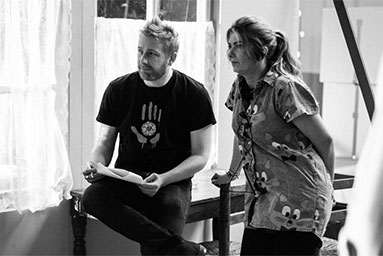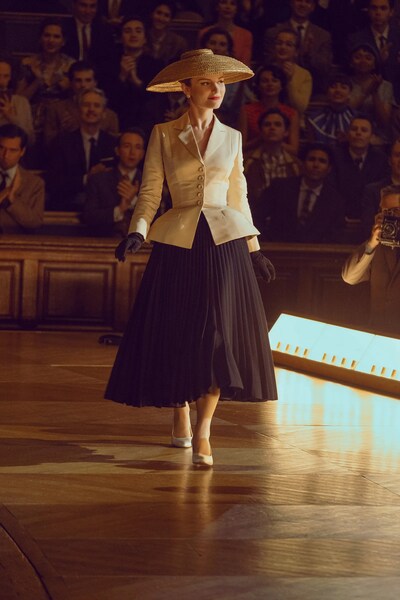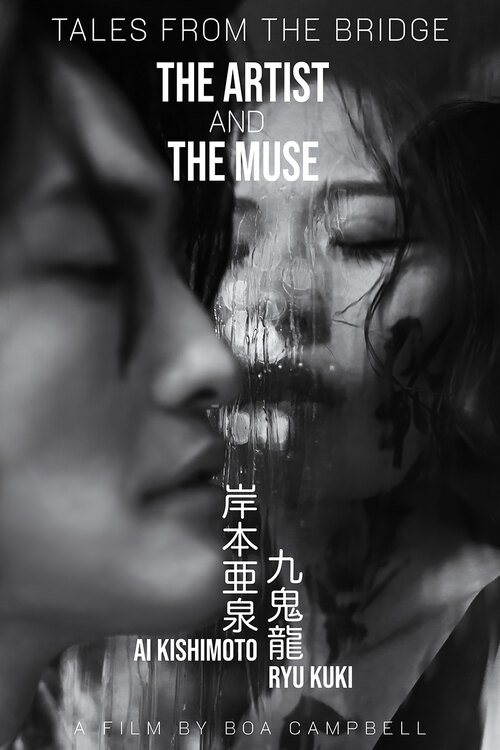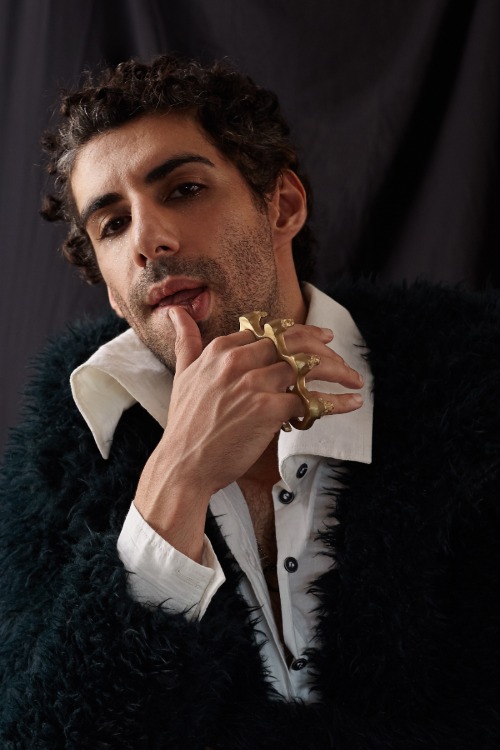Meet the husband-wife duo behind the world’s first painted feature film.
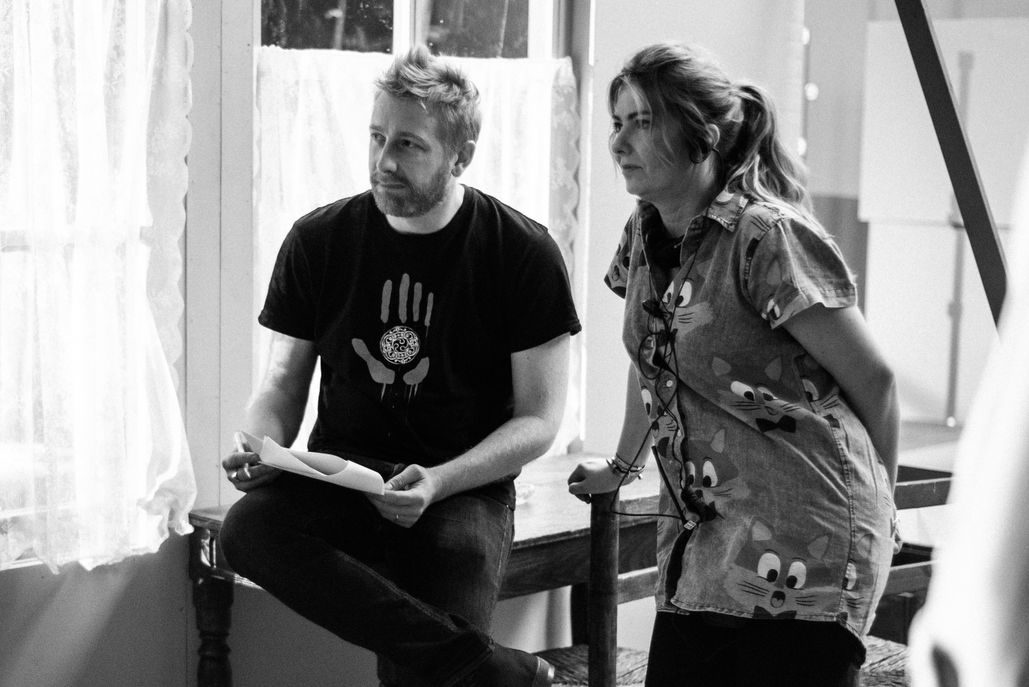
Profile:
Names: Dorota Kobiela & Hugh Welchman
Occupation: Directors
Website: www.lovingvincent.com
– – –
currentMood: You and your wife are obviously big fans of Van Gogh’s work. What inspired you to make a movie on him, one that focusses on the last years of his life?
Dorota Kobiela: I went to Art High School when I was 14 and from that point on painting was my passion. I vividly remember going to the Van Gogh Museum for the first time when I was 16, and feeling overwhelmed. His work was so different from the pictures of his paintings in books. It was a very emotional experience for me and Vincent’s work has stayed with me ever since. The letters he wrote to his brother gives us insight into his life and struggle. It makes him stand out amongst the others.
When I was working on my dissertation on the link between creativity and mental illness, I’d done a lot of research on him. So when I decided to paint a film that would bring a painters work to life in order to tell his story, it was only natural that Vincent was my first choice. Vincent became a superb technician, he thought deeply about his work and what he wanted it to convey, as most great painters do. But with Vincent you feel like his heart is there on display in his work, he’s baring his soul to you. I think that’s why I and millions all over the world have become so influenced by his work.
Hugh Welchman: I was inspired by Vincent’s life story. It unfortunately has many tragic twists and turns, but it’s also amazing. He failed in four careers in his twenties and was written off as the black sheep of the family. A failure, and yet he found the strength and the passion to go down a new path as an artist at the age of 27. Ten years later he changed the world of art. In terms of concentrating on the last years of his life there were a few reasons. Firstly, Vincent only started painting in the style that everyone recognises as Van Gogh, and associates him with which was three years before his death. We wanted to feature these famous paintings in the film.
Dorota Kobiela: We did have paintings of his earlier work, but felt this might confuse the audience, as they look radically different. The second reason we concentrated on the end of his life is because that had been my first idea when it was a short film.
Hugh Welchman: When we read about his final weeks, we came across several different opinions about his behaviour. Eye witnesses who knew him in Auvers contradicted the story Vincent’s letters told. So we had to do a lot of research to try and figure out who was telling the truth and who wasn’t. This is how the detective angle became the core story.
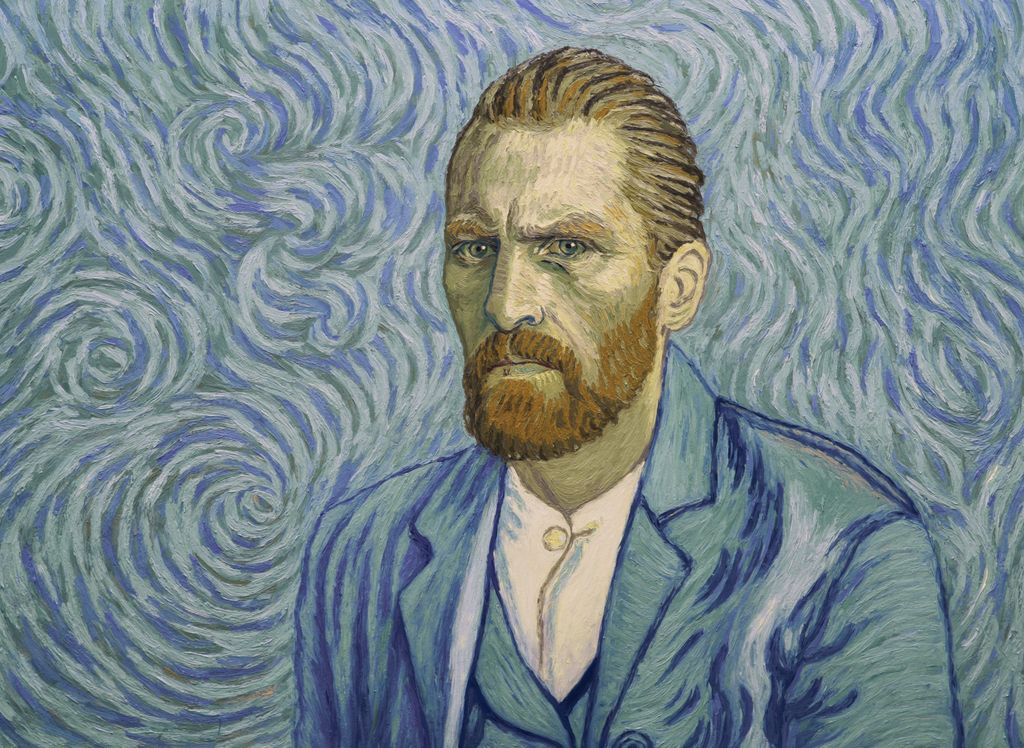
currentMood: From a 7 minute short film, to a feature film that took 6 years, 65,000 hand painted frames, 125 animator painters. What made you change the concept?
Dorota Kobiela: Hugh did! He came back from an exhibition on Vincent’s letters, where he had to queue up for 3 hours to get in! He was very excited and said, “Vincent is so popular, people love him so much, we have to make this a feature film.”
Hugh Welchman: I thought the style of animation that Dorota had come up with was beautiful, and Vincent’s story was so engaging, that it needed to be a feature film so that it could reach more people. Over 5 million people have watched Loving Vincent in cinemas around the world!
currentMood: Break down the making of the film for us.
Dorota & Hugh: Our first steps were what one usually has to do for animation movies: script, storyboard, animatic, previz, set designs and character designs (both painted in oils on canvas). Next was the live action reference shoot. This was visual effects heavy, as we mainly shot on the green screen. Trying to achieve perspectives in Vincent’s paintings was tedious. Thankfully, we dealt with all of this in the former stage as we only had four weeks to shoot the live sequence.
Vincent painted real life models, bringing out the character through his use of colour and impasto. We wanted to do the same, but in motion. In the painting-animation process, the animators
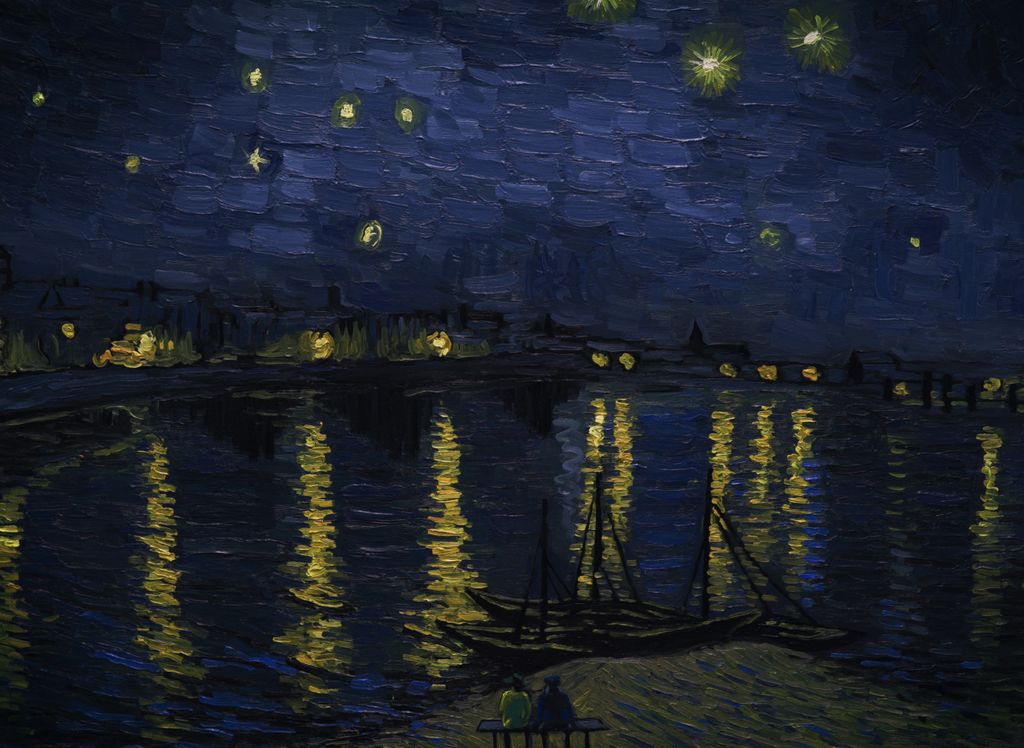
had to retain or bring out the performances of actors. We wanted every shot to be more intense in terms of performance when viewed in animation than it had been in live action.
The painters worked by studying the frames on a monitor, and then re-imagining it in Vincent’s style. For each shot they had live action material, relevant paintings in high resolution and shots previously done for a particular character or location.
currentMood: I read your interview somewhere, where you mentioned that the film financiers and people from the animation industry were skeptical about this project and even called it impossible at one point – what kept you going?
Hugh Welchman: I strongly believed that there would be an audience out there who wanted to see Van Gogh’s paintings
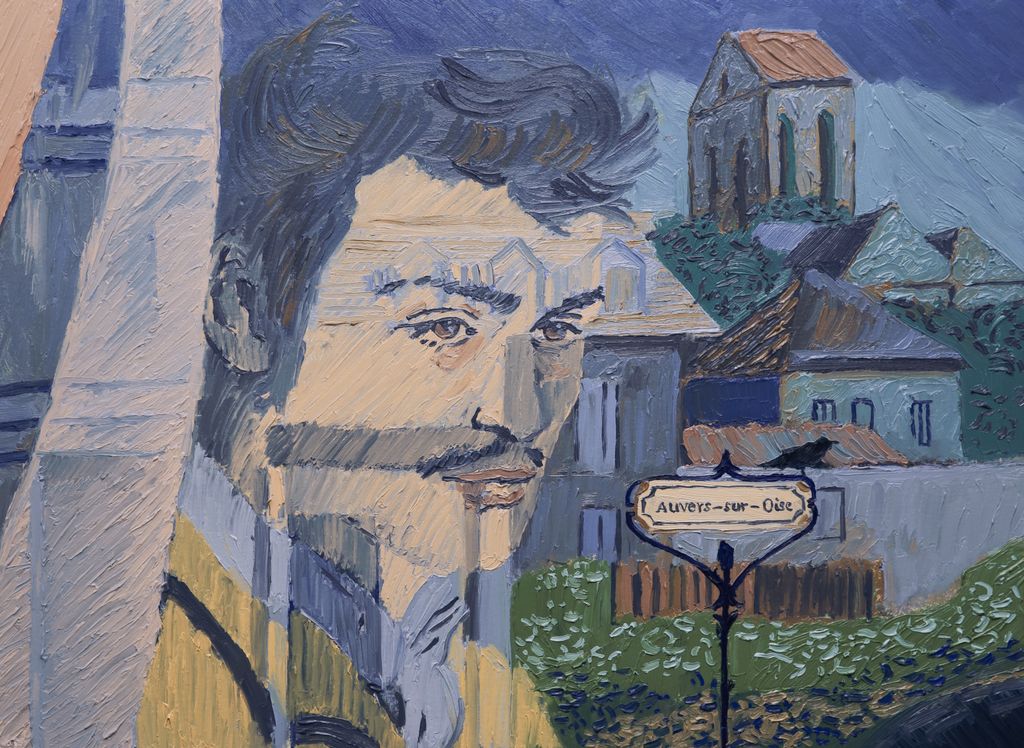
brought to life to tell his story. That conviction was right, as Loving Vincent is the most successful Polish film of all time, and one of the most successful animations for an adult audience. I was frustrated that it was so difficult to persuade financiers of that. I hope it will be easier next time. Our budget was $5m and we have grossed over $36m in cinemas, with some countries still to release. The financiers that believed in us will be rewarded.
Dorota Kobiela: I think, for me, once we got to a certain stage, it felt like there was no turning back. This is what we had decided to do with our lives, so we had to keep doing it until it was finished.
currentMood: Van Gogh’s story is told through his art – tell us about how you managed to get over 100 painters to participate. Some of them even flew down at their own cost just to be a part of this project?
Dorota Kobiela: Initially we wanted to recruit all our painters from Poland. We received over a 1,000 applications from there and we invited 300 to audition. They went through a three day painting animation audition. From which 65 were selected to go through the intensive training course in which they had at least 100 hours to learn to paint in Van Gogh style and another 100 hours of animation training.
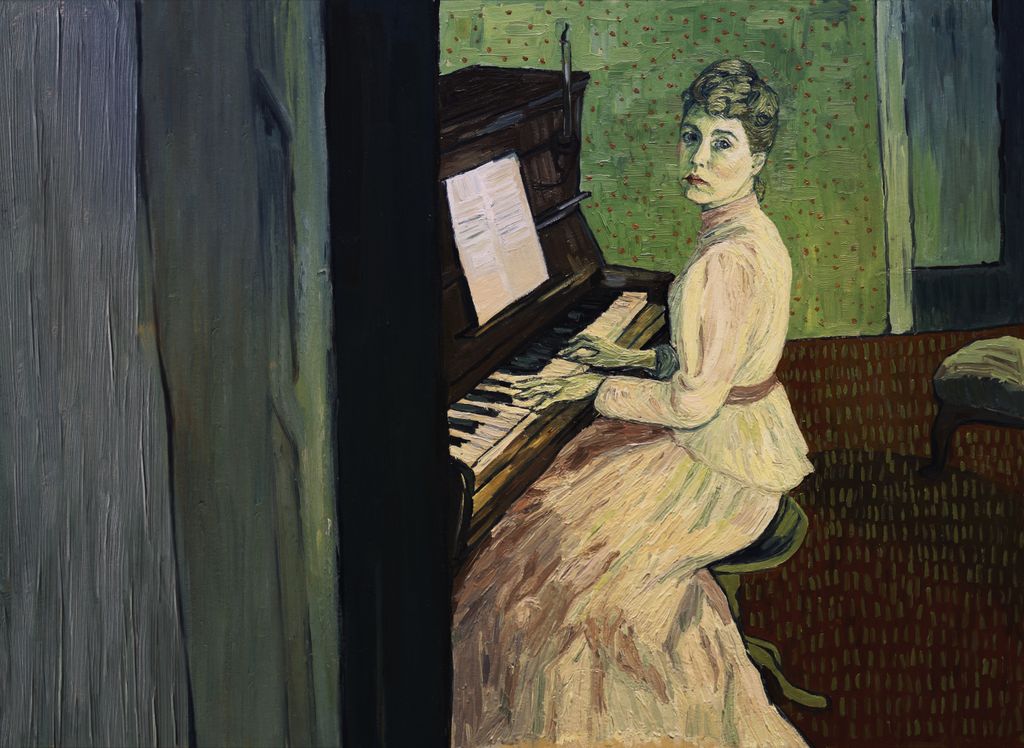
Hugh Welchman: However, it turned out that 65 painters wasn’t enough for us to meet our deadline, so we started advertising in neighbouring countries, mainly in Ukraine. But then our advert went viral, and was watched by 200 million people all over the world. Then we got 4,000 new applications. We went through the portfolios and we contacted the very best from those applications, and explained that if they wanted to be part of this film they had to audition in Poland. We were amazed at how many people travelled from all around the world just to audition. There was no guarantee that they would succeed and be accepted. It was amazing, our painters were so passionate about the project. They gave up jobs, left their families, just for the chance to be a part of this project.
currentMood: What was the most challenging part about the film? How did you over come it?
Dorota Kobiela: The story and the script! Since I was familiar with painting, animation and visual effects, I was comfortable with the process of visualising paintings in animation than writing a feature film! I found it challenging. I was working on it for months and was running everything I did through Hugh, who eventually helped in writing process.
Hugh Welchman: It was tough to link up the story to the paintings. Our aim was to pass through the exact frames of Vincent’s paintings in the course of telling a gripping story about him.
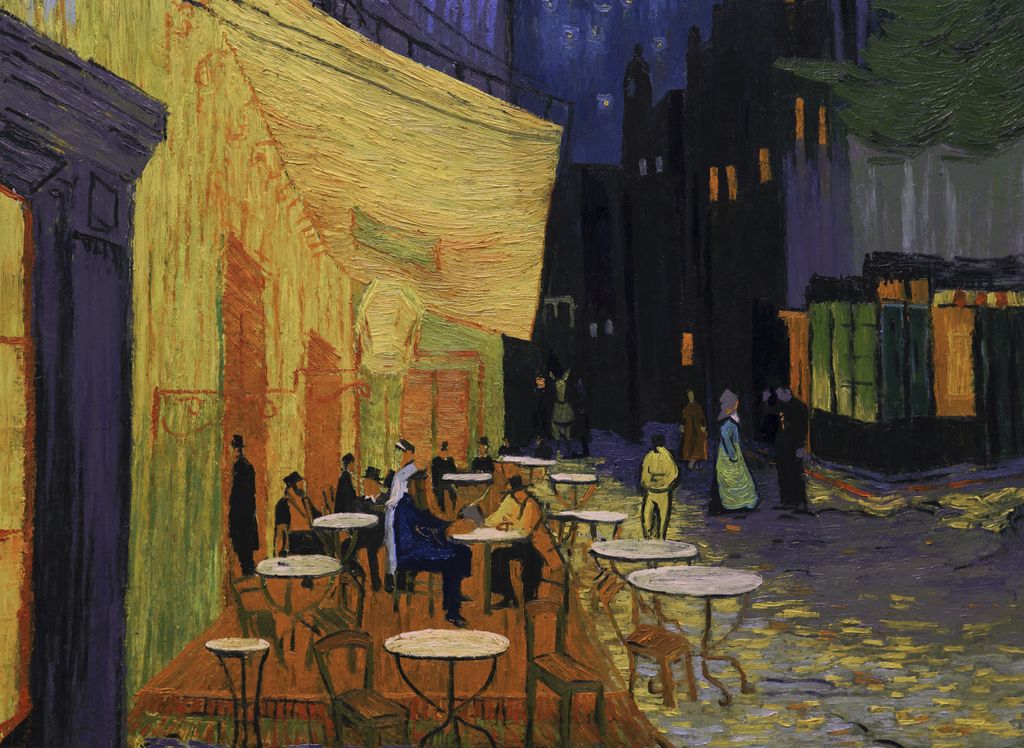
Dorota Kobiela: But it wasn’t just about linking the paintings to our story, we also had to make it consistent with historical records.
Hugh Welchman: Yes, our rule was that we wouldn’t state things that didn’t occur. There are plenty of gaps or mysterious areas that we could’ve written into, but didn’t take those liberties. These restrictions albeit annoying at times, forced us to be more creative. As Dorota had mentioned, the story was the main challenge. But this is always the case in films. Another challenge was creating an entire work force from scratch. Usually you receive showreels of people who are experts/perfect for the specific technique of the film. Whereas for Loving Vincent, we had to find talented oil painters and then train them to paint in Van Gogh’s style and in animation.
currentMood: Did the films success meet your expectations?
Dorota Kobiela: Exceeded them. I started this as a short film. Now it’s the most successful Polish film of all time, in any genre, and I’m the first Polish woman in history to direct an animated feature film. It was an incredible journey.
Hugh Welchman: Exceeded them.
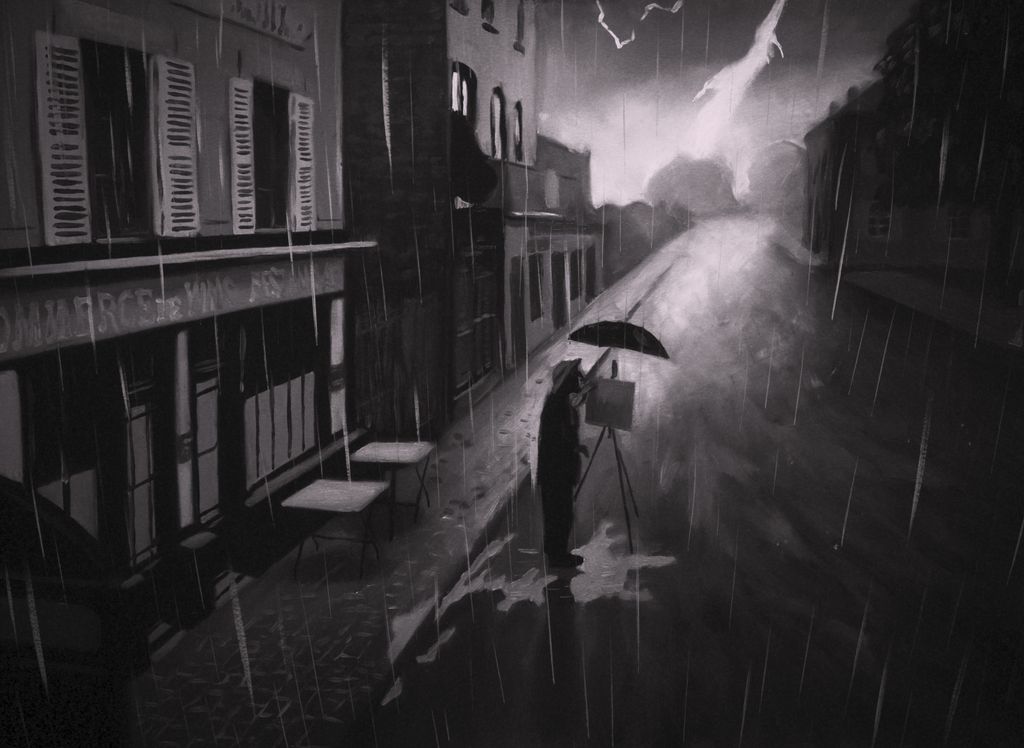
currentMood: What’s your favourite Van got painting? Why?
Dorota Kobiela: Night café – The idea that the café is a place where one can ruin oneself, go mad or commit a crime. And the Wheat Field with a Reaper – “I saw in this reaper the image of death. But in this death nothing sad, it takes place in broad daylight with a sun that floods everything with a light of fine gold.”
Hugh Welchman: Café Terrace at Night – It has everything. Starry sky, thick impasto, that Japanese feel of his Arles paintings, burning intense yellow. And it makes you want to sit in a café terrace at night in the South of France.. relaxing, enjoying a nice glass of wine in the warm summer night, feeling like you have all the time in the world.
currentMood: Who do you think shot Van Gogh?
Hugh & Dorota: Van Gogh.
currentMood: What’s next for you guys?
Hugh Welchman: Painting animation films. We are thinking about doing a horror film based on the paintings of Goya.
Dorota Kobiela: Or maybe a sci-fi. We believe in the technique, and we don’t have to restrict ourselves to biopics about painters. We want to surprise people.
currentMood: How do you think Van Gogh would react to the movie?
Dorota Kobiela: I think he would be embarrassed that so many people dedicated themselves and so many years to pay homage to his work. He would probably argue that other painters were much more talented and much more deserving than him. He was very modest. Secretly however I think he would be pleased.
Hugh Welchman: I think generally he would be blown away by his incredible popularity all around the world, and it would take
him quite a while to get his head around this! One thing I know he would like is the fact we gave jobs to over 100 painters, and that many of them were employed for two years to use their incredible craft skills. He always dreamed of setting up a studio for painters, so we realised this part of his dream that unfortunately he never could.
currentMood: All the best for the Oscars!
Hugh & Dorota: Thank you.
Interviewed by: Avani Purohit
All Images Courtesy: © Loving Vincent
